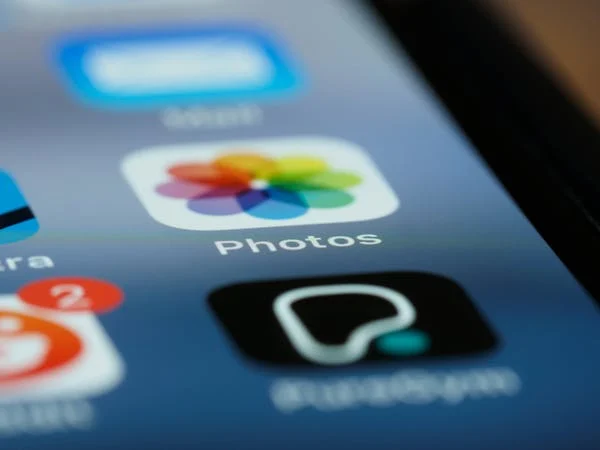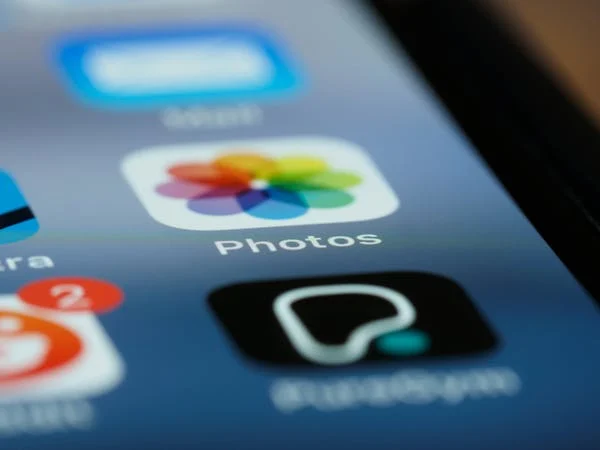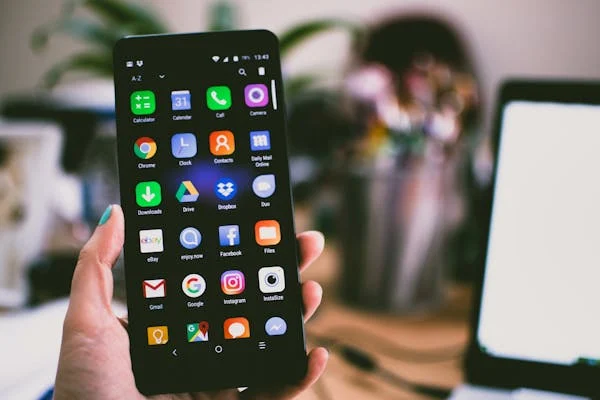Mobile App Development in 2023: Trends and Technologies
Mobile app development continues to evolve at a breakneck pace, with new technologies and trends reshaping the landscape every year. In 2023, developers and businesses are pushing the boundaries of innovation to deliver apps that are faster, more secure, and more user-centric than ever before.
Let’s explore the key trends and technologies shaping mobile app development this year.
1. 5G-Powered Experiences
The widespread adoption of 5G technology is revolutionizing mobile app development. With ultra-low latency and lightning-fast speeds, developers can create apps that offer seamless streaming, real-time multiplayer gaming, and enhanced AR/VR experiences. 5G also enables faster data synchronization for IoT apps, making it easier to manage connected devices.
2. Rise of Cross-Platform Development
Cross-platform frameworks like Flutter and React Native are gaining traction in 2023, enabling developers to build apps for iOS and Android simultaneously. These frameworks reduce development time and cost while maintaining high performance and native-like user experiences. The introduction of tools like Microsoft’s MAUI (Multi-platform App UI) further streamlines the development process.
3. AI and Machine Learning Integration
Artificial Intelligence (AI) and Machine Learning (ML) are integral to modern app development. In 2023, developers are leveraging AI to enhance personalization, improve user experiences, and automate complex processes. From chatbots and voice assistants to recommendation engines and fraud detection, AI-driven features are becoming ubiquitous in mobile apps.
4. Super Apps: The All-in-One Solution
The concept of super apps—platforms that combine multiple services into a single interface—is gaining momentum. Popularized in Asia by apps like WeChat and Grab, super apps are now being developed globally. These platforms integrate messaging, payments, shopping, and more, offering users a one-stop solution for their needs.
5. Enhanced Security and Privacy Measures
As data breaches and cyber threats become more sophisticated, app developers are prioritizing security in 2023. Features like biometric authentication, end-to-end encryption, and zero-trust architecture are becoming standard. Compliance with privacy regulations such as GDPR, CCPA, and other regional laws is also a critical focus.
6. Augmented Reality (AR) and Virtual Reality (VR)
AR and VR technologies are transforming mobile apps across industries. From gaming and e-commerce to education and healthcare, immersive experiences are becoming more accessible. In 2023, AR and VR apps are benefiting from advancements in hardware and software, including Apple’s ARKit and Google’s ARCore.
7. Internet of Things (IoT) Integration
The IoT ecosystem continues to expand, and mobile apps play a crucial role in managing connected devices. In 2023, apps are integrating with smart home devices, wearables, and industrial IoT systems to provide real-time data, remote control, and automation capabilities. Developers are also focusing on creating seamless user interfaces for IoT interactions.
8. Progressive Web Apps (PWAs)
Progressive Web Apps (PWAs) are bridging the gap between mobile apps and websites. Offering features like offline access, push notifications, and fast loading times, PWAs are becoming a popular choice for businesses looking to enhance user engagement without developing native apps. In 2023, PWAs are increasingly optimized for performance and scalability.
9. Blockchain Technology
Blockchain is revolutionizing mobile app development by enabling secure transactions, decentralized data storage, and transparent operations. In 2023, apps leveraging blockchain are gaining traction in industries such as finance, supply chain, and healthcare. Decentralized apps (dApps) built on blockchain networks like Ethereum are also growing in popularity.
10. Low-Code and No-Code Development
Low-code and no-code platforms are democratizing app development, allowing non-technical users to create functional applications. In 2023, these platforms are becoming more sophisticated, offering advanced features like integrations with APIs, AI-driven tools, and pre-built templates. This trend is empowering businesses to launch apps faster and at a lower cost.
Conclusion
Mobile app development in 2023 is a dynamic field driven by technological advancements and evolving user expectations. From the rise of super apps and 5G-powered experiences to the integration of AI and blockchain, developers have an exciting array of tools and trends to explore. By staying ahead of these developments, businesses can create apps that not only meet but exceed user demands, shaping the future of digital interactions.







